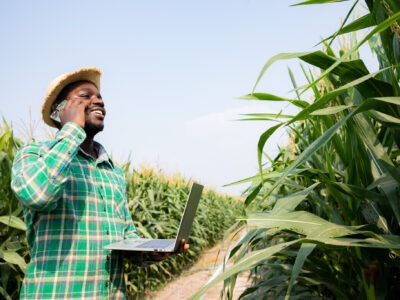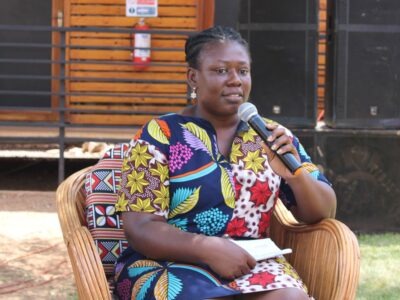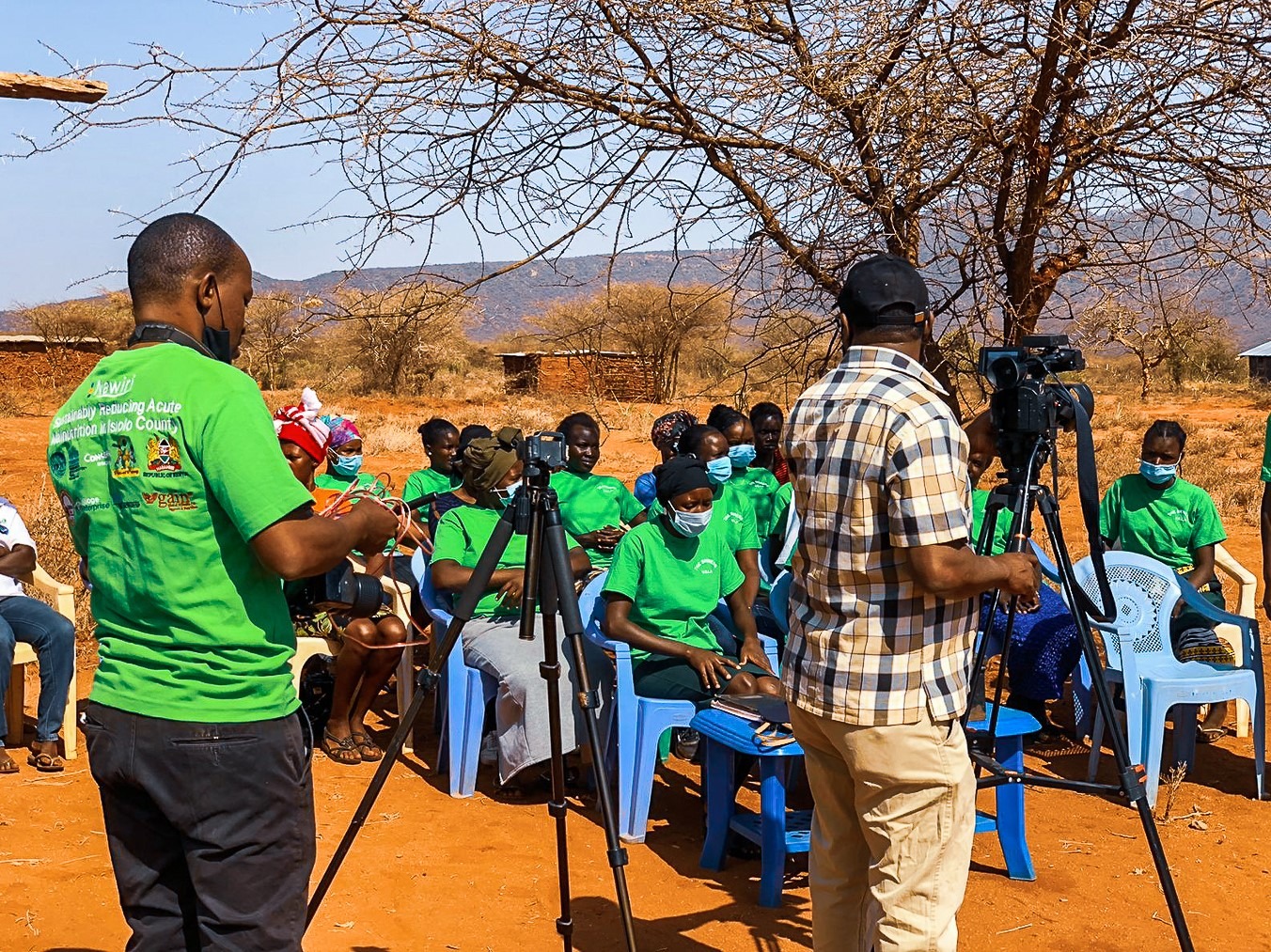
In September, two USAID-funded activities in Kenya–the Resilience Learning Activity and the USAID Nawiri program–collaborated with government officials in Isiolo County on how to best document development efforts in Northern Kenya. Together, they held a five-day event for more than 50 stakeholders, inviting local journalists, county government officials, and USAID implementing partners from the Partnership for Resilience & Economic Growth (PREG) network.
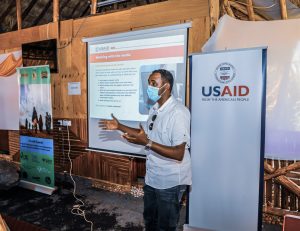
Attendees had the opportunity to see how USAID’s co-creation process, which involves designing development efforts together with local partners, ensures collaboration and buy-in. They also learned about the barriers that prevent journalists from accessing and reporting on development efforts and the hurdles USAID implementing partners face trying to capture and share their efforts with the public.
“A major challenge we have had as local media journalists is the lack of collaboration with development partners in this county. Most implementing partners are not very responsive to us when we reach out, and some only take keen interest from national mainstream media outlets. Today’s session has made us all appreciate that local media journalists are key custodians of information sharing with the local communities. We have also learned that the development partners have very good content that can sustain our community programs on air if we work together.”
— Ibrahim Yaro, a journalist with Angaaf Radio
The Resilience Learning Activity is an Associate Award under the Feed the Future Kenya Livestock Market Systems Activity, a Leader with Associates contracting mechanism held by ACDI/VOCA and funded by USAID. Its main goal is to strengthen local capacities and build community resilience to shocks and stresses. In Isiolo County, those shocks often come in the form of frequent droughts due to the county’s proximity to Northern Kenya’s arid and semi-arid lands. In any disaster response, the presence of local media is critical because information is aid during times of crisis. The Resilience Learning Activity recognizes the value of local journalists, particularly because they have established trust, credibility, and rapport with the community.
The five-day event included two days of writing workshops, two days of capturing local stories, and a final day of reviewing the stories. Participants formed five teams made up of a journalist, photographer, USAID implementing partner staff, and county communications officer. Each team visited PREG sites and interviewed individuals for print, radio, television, and other forms of digital stories. Then, USAID implementing partners, including Mercy Corps, the World Food Programme, and Northern Rangeland Trust, conducted a technical review of the stories collected.
“We have so much technical information from our research, but we rarely think of sharing the findings through the media. Today, the local media journalists have informed us on how the media works and its selection mechanisms of what makes a good story for the public. We have also told them development parameters that guide our choice of interventions and implementation processes.”
— Lameck, communications officer, Caritas Kenya through the Nawiri Partners Consortium
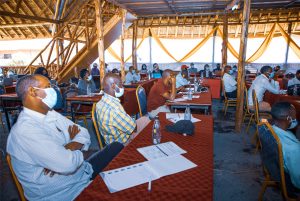
By engaging county officials and journalists early and often, USAID implementing partners can help dispel mistrust and fear among partners and communities. They can also formalize a process for meeting with government officials regularly and creating joint work plans. The Resilience Learning Activity plans to scale up this training event to other counties in Kenya and across the Horn of Africa in the coming months.
Learn more about the Resilience Learning Activity.
Learn more about our work in Kenya.


